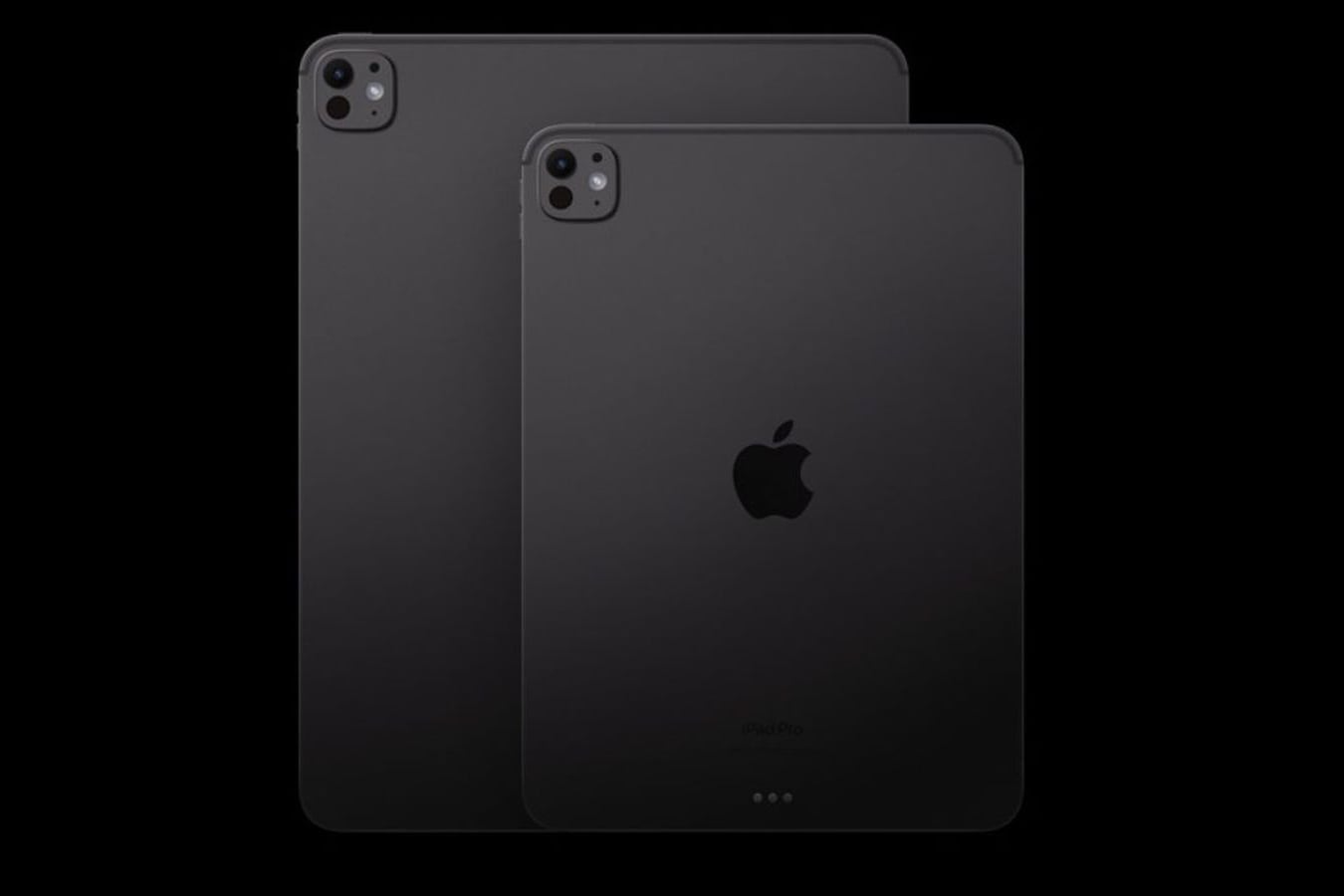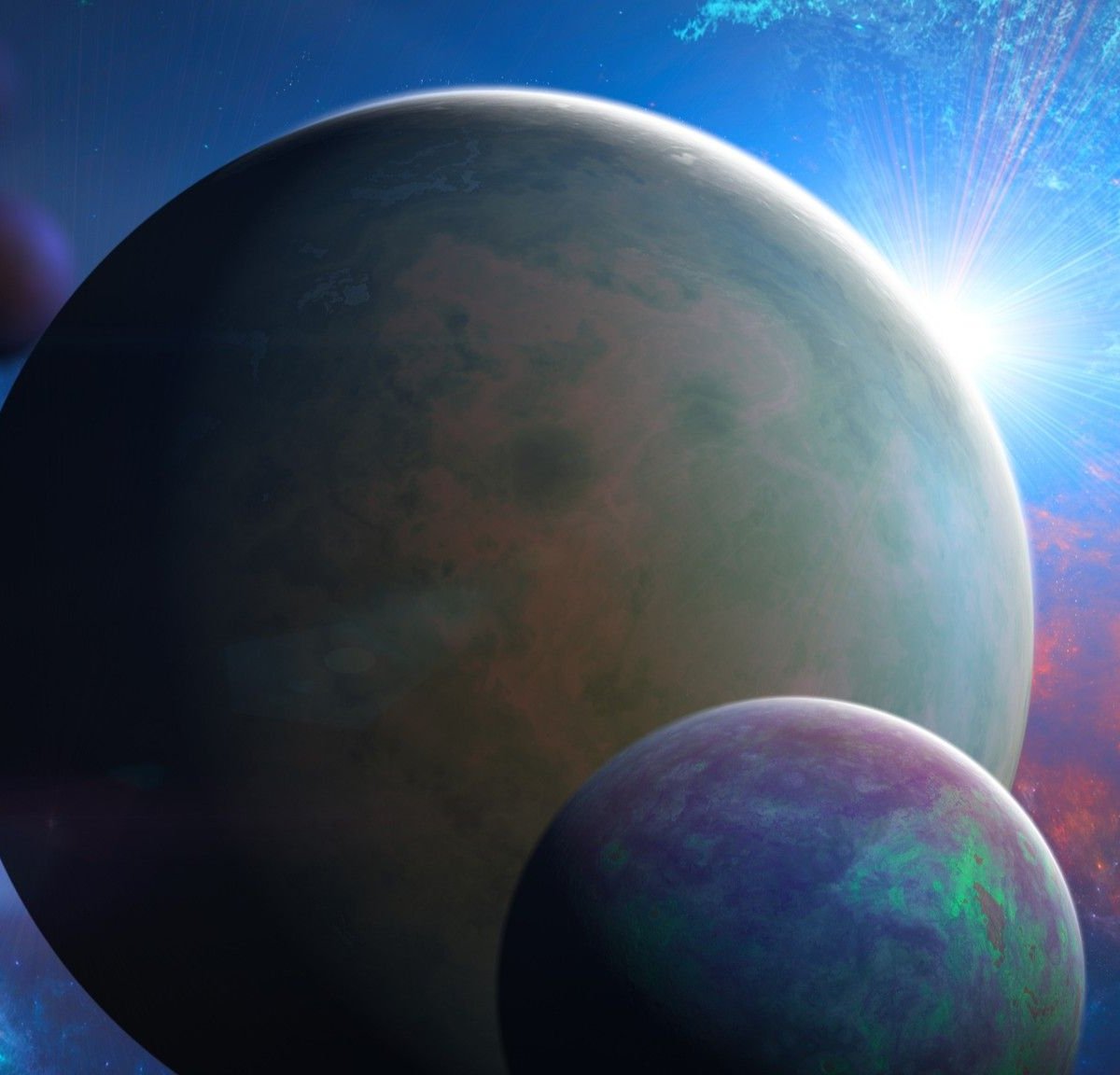In a study published in the scientific journal Celestial Mechanics and Dynamical Astronomy, a group of scientists suggest that: Theoretically, the Solar System could “capture” an interstellar planet due to its intense gravitational pull.
The idea arose from observations of other interstellar objects passing through our system but soon moving away.
In 2017, a team from the Panoramic Survey Telescope and Rapid Response System (Pan-STARRS1) observed a very fast moving object near the Sun.. Originally named A/2017 U1, scientists discovered that it was about 400 meters long and had a flattened shape.
After some time, the object’s name was changed to ‘Oumuamua. In fact, some scientists consider the possibility that it may be some kind of extraterrestrial technology; Harvard scientist Avi Loeb is one of the main proponents of this idea.
In 2019, astronomers observed another similar celestial object. 2I/Borisov, which was determined to be the first interstellar comet detected in the Solar System.. It is also the second object of its kind ever identified by terrestrial technologies.
2I/Borisov differs from the first object because scientists were able to observe more detail; Many features of ‘Oumuamua remain a mystery to some of the scientific community.
Now, scientists in the new study suggest that: hypothetically, an interstellar planet could be attracted and “captured” by the Solar System.
Interstellar planet in the Solar System
First, it is important to understand that an interstellar planet, also known as an orphan planet, is a celestial body that does not orbit a star. For example, the Earth is connected to the Sun due to the gravitational force of the star. In the case of an interstellar body, it moves through space without depending on any special gravitational force.
Although not bound to a star, these objects can be affected by the power of other stars; Like what happened to ‘Oumuamua and 2I/Borisov.
The idea of the new study is that just as small objects can be captured as they pass through the Solar System, Theoretically, orphan planets could also be captured by the Sun’s gravitational pull. The article underlines that in rare cases, the orbit of such a planet may be directed towards us.
Upon entering our region of the Universe, it can connect with the dynamics of the Solar System and become ‘trapped’. Initially its orbit would be unstable and chaotic, but over time it could stabilize and become an integral part of our system.
“The ultimate architecture of any solar system will be shaped by planet-to-planet dispersion, in addition to stellar flybys from adjacent star systems, as close encounters pull planets and small bodies out of the system, creating what are called planets (orphans),” the paper explains.
It is important to underline that the study is only a hypothesis regarding the possibility of orphan planets being captured by the gravitational force of the Solar System. In other words, it is not a proven scientific result.
Get up-to-date information about astronomy at TecMundo. If you wish, take the opportunity to understand the origin of the rebellious binary planets. Until later!
Source: Tec Mundo
I’m Blaine Morgan, an experienced journalist and writer with over 8 years of experience in the tech industry. My expertise lies in writing about technology news and trends, covering everything from cutting-edge gadgets to emerging software developments. I’ve written for several leading publications including Gadget Onus where I am an author.













